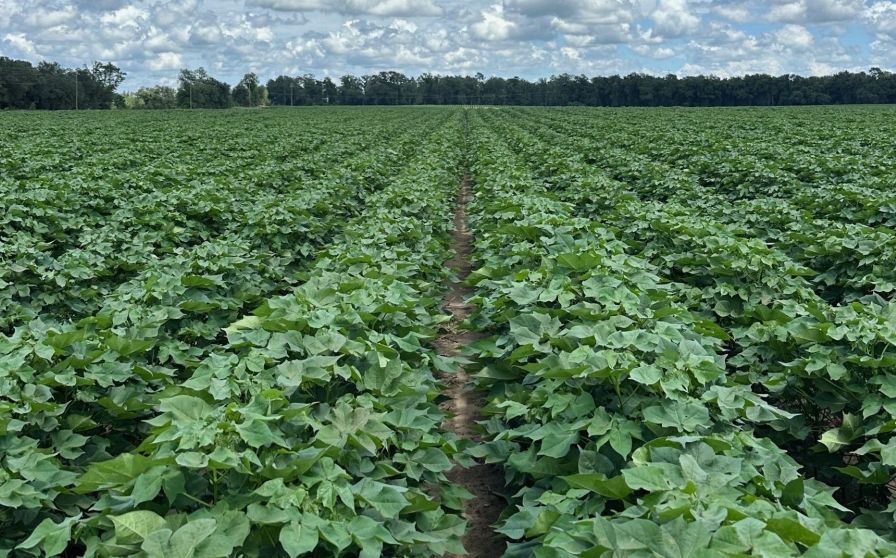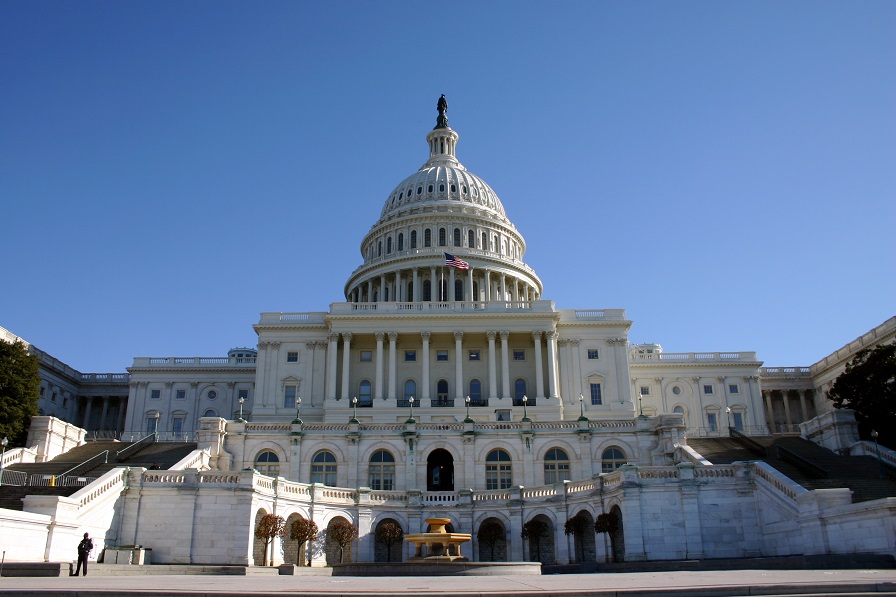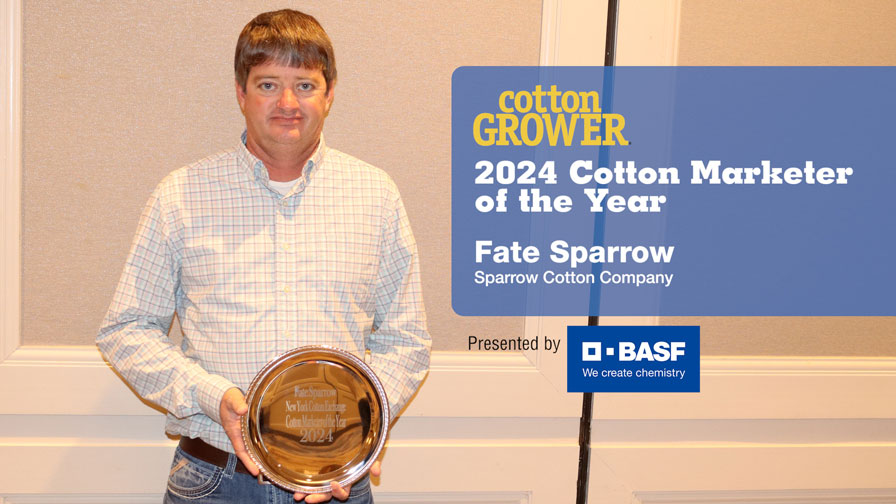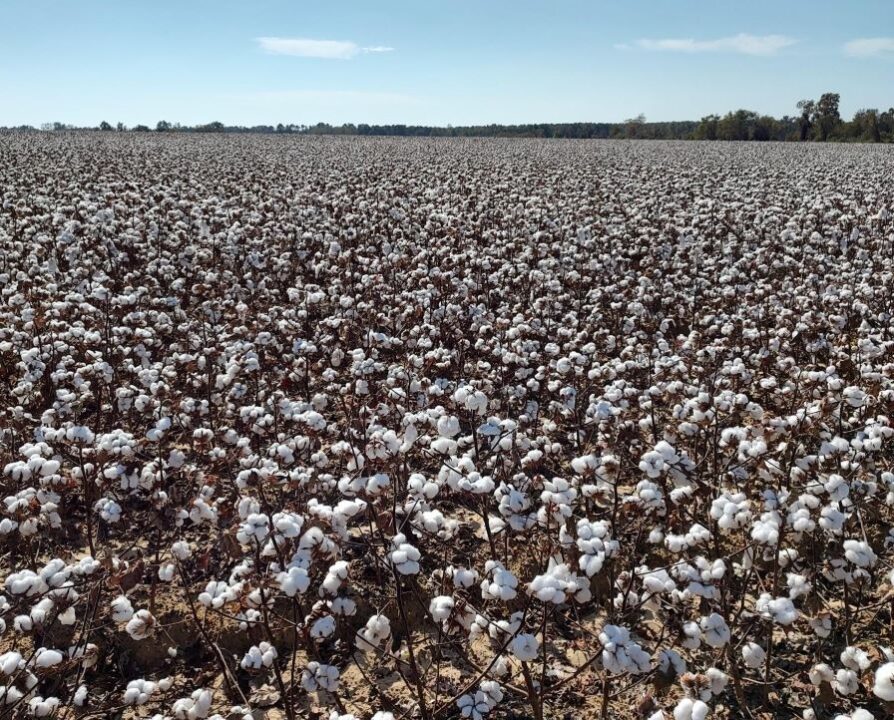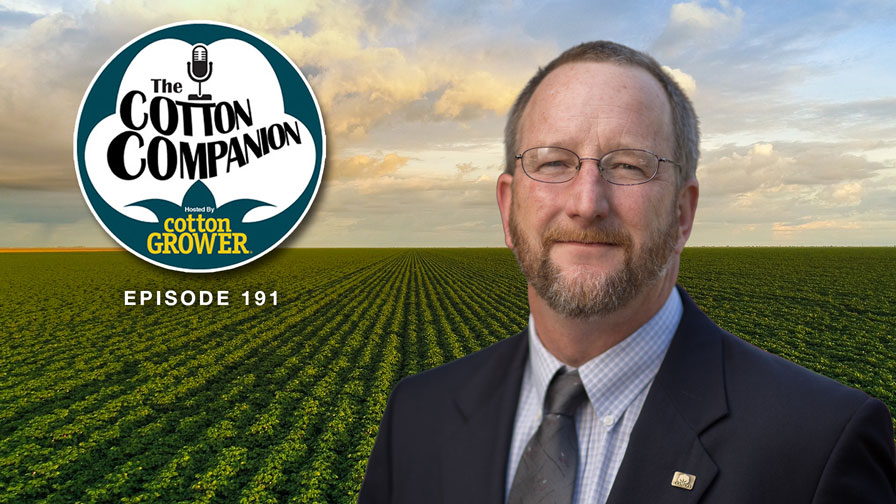Question #1: What Should We Measure?
It has been my privilege to chair the International Cotton Advisory Committee’s Expert Panel on the Social, Environmental and Economic Performance of cotton (SEEP) – in essence, ICAC’s “sustainability” panel. Interestingly, ever since it was established in 2006, SEEP has never debated or tried to identify what level of performance defines “sustainable” cotton production.
Given the huge range of economic, social, geographic, climatic, political and environmental conditions under which cotton is grown, it is not really practical to attempt to do so. However, while identifying what a sustainable performance level of cotton production might be is problematic, identifying the critical elements of sustainable cotton is, I believe, feasible.
For example, while what is considered “a sustainable income” in profit per hectare might differ greatly between countries, most people would agree that profitability is a critical element of sustainability.
It is my hope that at the ICAC Plenary Meeting in Interlaken, Switzerland, stakeholders will be able to reach some sort of agreement on what are the most important elements of sustainable cotton production – the industry’s “Key Performance Indicators,” if you like. So rather than trying to define a golden level of performance deemed to be sustainable, the focus is on identifying what elements should be measured, so that industry progress toward becoming more sustainable can then be assessed over time.
A next step would be identifying reference values to work toward, with the understanding that they would not necessarily be universal and certainly not always definitive, such as:
• aiming for pesticide application rates of about 1 kg/ha of active ingredient, a figure identified by SEEP as being already achieved in a number of countries.
• desirable soil organic matter content ranges for different soil types, and
• no “unacceptable” forms of child labor (as defined by the International Labor Organization).
To date, SEEP has undertaken studies on pesticide use in cotton, the social impacts of cotton production, and the labor costs associated with cotton production. A recurring theme in each of these studies has been the difficulty in accessing good data. Some of the challenges in data collection (when it can be found at all) have included a lack of cotton-specific data (for example, labor force data is often reported at the level of “agriculture,” not specifically cotton), and a lack of consistency in the data collection methodologies between countries (such as differing definitions).
Interestingly, these challenges are not confined to environmental and social issues, as was made clear in the report of the Chair of the ICAC Standing Committee, which noted that there is substantial room for improvement in the collection of statistics on cotton supply and use.
In the same way that more accurate and timely statistics on supply, use, and trade will lead to better decision-making in the cotton value chain, so will better data on the environmental and social aspects of cotton production better enable the cotton industry to identify both its achievements and areas for improvement.
There are potentially hundreds of indicators that could be used to assess the sustainability of cotton production. Given that it is both expensive and difficult to collect good data –especially on a large scale – it is clearly not feasible or practical to expect them all to be collected. The ICAC meeting in Interlaken, therefore, provides a wonderful opportunity for people who are committed to the ongoing sustainability of the cotton industry to discuss and debate what the priorities for data collection are, so that the industry can demonstrate its commitment to, and progress towards, becoming more sustainable.
To facilitate this discussion, SEEP – with support of the United Nations’ Food and Agriculture Organization (FAO) and Deutsche Gesellschaft für Internationale Zusammenarbeit (GIZ) – has commissioned a study on the indicators being used by a range of initiatives focused on improving the sustainability of cotton production. It will be my pleasure to report on the draft of that document at the meeting.




